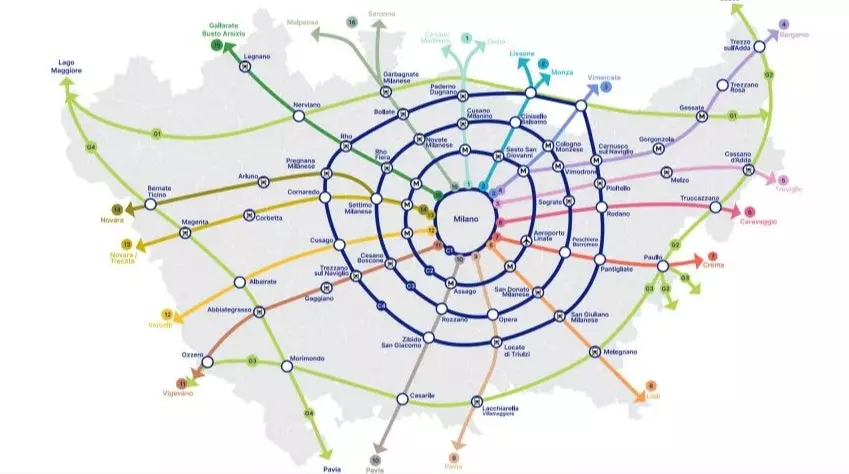Ten years ago we had not considered that most cities have little space for pedestrians , but now with the pollution data on the table and climate change looming, it is urgent for us to eliminate cars (and everything that generates noise and pollution).
Many cities have taken advantage of these two years of pandemic to create some changes towards greener and more generous cities with their inhabitants, one of them has been Milan, which verified how during the first weeks of confinement the pollution levels dropped drastically. " Nitrogen dioxide decreased by 24% , compared to the previous four weeks according to the European Environment Agency (EEA), as we told you in Traveler.es.
Paris, Berlin, and now Milan, have made an important decision for the future of their inhabitants: there will be fewer cars and more space for bicycles and pedestrians . The Metropolitan Council of Milan approved last November a project, called Biciplan , with which he plans to change the urban planning of the city before 2035.
"It is a project that sees in the bicycle an engine of development that integrates the protection of the environment, security, economic development and general well-being," they underline in a statement. With this change they want to increase the number of bicycle trips and reach at least 20% of the total and 10% of inter-municipal trips.

BICIPLAN: MORE THAN 750 KM OF BIKE PATHS
The new plan aims to complement existing bike lanes with 750 kilometers of new corridors that will connect the 133 communes of the city with its broader metropolitan area, and will increase the number of bicycle trips.
To do this, as explained by Beatrice Uguccioni, councilor responsible for mobility, 250 million euros will be invested to implement 24 cycle paths : 4 circular and 16 radial, with the aim of reducing emissions and traffic, as well as guaranteeing greater safety for cyclists who until now shared some of them with other motor vehicles.
Biciplan is the first project of these characteristics in Italy . "Our will is to surround the metropolitan city with a network of cycle paths that connect the capital with the entire metropolitan area, replicating what we have already done with fiber optics," she added in a statement. In total, 133 municipalities will benefit.
See pictures: The 12 most beautiful new towns in Italy
MILAN GREENER AND MORE CONNECTED
Before 2035, the bet is clear: more bikes and more fiber optics. With this intention, they intend that all these roads are hyperconnected and with a low-impact infrastructure, for example, at night they light up with the passage of cyclists and during the day they recharge. They will also have information in real time (thanks to displays placed along the routes), in addition there will be more parking lots and stations dedicated to bicycles along the routes.
The first two constructions of the work are planned for the end of the summer of this year . The first refers to the first section of Line 6, which runs from Milan to Segrate. The second, on the other hand, refers to the construction of one of the secondary support networks and, specifically, that of the Adda Martesana Homogeneous Zone, between Line 4 and the Greenways G1 and G2.
The Milan roadmap coincides with the EU's Green Plan with which it wants to reduce 90% of carbon emissions in the main cities. What does this plan include? Among several objectives is to develop and modernize the TEN-T network, a set of rail routes, inland waterways and highways that connect 424 major cities in the countries of the European Union, as well as the provision of new high-speed trains. speed and new connections between them.
